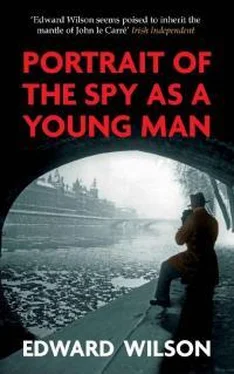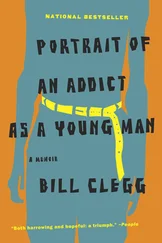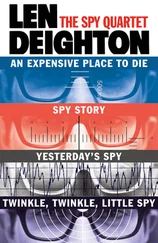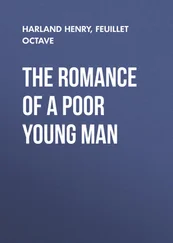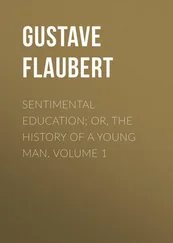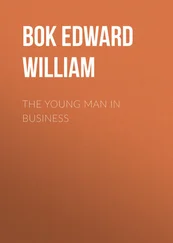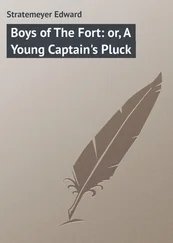Catesby found out he had successfully completed the course when he was summoned to the commandant’s office and handed an envelope with a travel voucher to Scotland. ‘The next stage,’ said the Coldstream Guards major without a name, ‘is paramilitary training in the Highlands. It lasts three weeks. Once again, don’t give anything away. If you see anyone that you met here, pretend they are complete strangers. If they talk to you, politely give them the cold shoulder.’ The major went to a filing cabinet and took out a cotton bag with a drawstring which he handed over. ‘Here are your IDs and valuables. Please check they are all there, but I won’t ask you to sign a receipt. Paper records are devils waiting to pounce.’
A FANY driver was summoned to take Catesby and three other trainees to the nearest railway station. She drove via a myriad of country lanes to disorientate her passengers so that they would be clueless as to the exact location of the stately home where they had trained. Catesby guessed it was somewhere in Surrey. The only conversation was the FANY saying how much she loved driving and that her dream car would be a Bugatti Type 35.
There were no FANY in the bleak countryside of the West Highlands training camp at a remote place called Arisaig. Many of the drivers and staff were civilians dressed in country gear, who Catesby guessed, were gamekeepers, ghillies and other workers seconded from the laird’s estate. There was a lot of venison and salmon on the menu – and very good whisky in the bar. It was welcome after grinding slogs through bogs and over mountains. There was more close quarters combat training which concentrated on the commando knife, but always ended with ‘…and then kick him in the balls.’ The training that Catesby enjoyed most was how to use a pistol. The instructor was a refined Scot with an effortlessly superior manner who was obsessed with natural history. On one occasion, he brought a bone into the bar and offered a double whisky to anyone who could identify it. The bone was about twenty inches long and two inches in diameter. The instructor passed it around. What interested Catesby was the fact that it didn’t seem to have a knob or a hollow on either end that would form a joint with another bone. He guessed that it was the rib of a seal. He was wrong, but the instructor/naturalist gave him a hopeful nod. No one else came closer.
‘Any other guesses for a double single malt?’ said the instructor, rattling the shillings in his trouser pocket.
One of the trainees, who was a bit drunk, piped up, ‘It’s a human ulna from the forearm of an SOE recruit who failed the course.’
‘Don’t be silly,’ said the instructor, ‘we bury their bodies far out at sea.’ He picked up the bone and flourished it. ‘This, as any fool can see, is the penis bone of a sperm whale. They’re called bacula – or baculum in the singular. The human being is one of the few mammals that doesn’t have a baculum.’
The next day’s pistol training contradicted everything Catesby had been taught as an infantry officer. The naturalist-turned-small-arms-instructor began by mocking the ‘old-fashioned’ practice of sighting the pistol by eye along the barrel. ‘We are not training you to be a Victorian duellist defending the honour of an adulterous wife.’ The instructor imitated the stiff stance of the wronged Victorian worthy. He held the pistol upwards and slowly levelled it at an ‘unspeakable cad’ that he was about to dispatch to perdition. ‘That way of firing a pistol is as obsolete as the marriage in question. We’re going to teach you the “double tap”.’ The instructor sprang sideways in a predatory crouch with both hands on the pistol and fired two shots which hit the human silhouette target just below the waist.
Someone shouted, ‘And now kick him in the balls.’
‘Not very funny. I think you would best engage a second or third enemy instead.’ The instructor sprang sideways, again firing two double taps that put four more holes into the body of the silhouette. ‘It’s not a question of aiming at a target with your eyes. You aim at the enemy by instinct with your whole body. If you fire from the waist, you hit at the waist. Always use a two-handed grip and always fire two shots in quick succession.’
The rest of the day was devoted to practising the technique in live fire exercises – and learning how to conceal a pistol so that it could be drawn quickly. The day ended with a hands-on familiarisation session with the various types of small arms that SOE agents were likely to come in contact with. They then had to choose a pistol and practise disassembling it and assembling it blindfolded.
Catesby met the instructor a couple of times in the bar. Their knowledge of natural history overlapped most when it came to birds and fish. Catesby feared that his fondness for estuary birds – redshank, curlew and oystercatchers – might give him away as an East Anglian. Clues to origin and identity were forbidden topics of conversation. But after the war, it was usually okay to tell all. Catesby wasn’t surprised to discover that the instructor, who developed a lifelong love of otters, had become a famous author.
Catesby’s finest hour came during the escape, evasion and survival part of the course. At midday on the last day, the instructors divided the group into teams of four and said, ‘It’s time for lunch.’ Each team was given a live rabbit. The person in Catesby’s team who had been given the rabbit was obviously a townie. He held the squirming animal up by its ears and said, ‘What the fuck am I supposed to do with this thing?’
‘You’re hurting him,’ said Catesby, ‘give him to me.’
The fellow team member handed over the rabbit. Catesby held the animal close to his chest with his left hand, then pulled the rabbit’s head hard with his right until the neck vertebrae popped. He twisted the head in a complete circle.’
‘You said I was hurting him – and now you’ve killed the poor little bunny.’
‘At least he’s out of pain. You shouldn’t hold them up by their ears. Why don’t you chaps start a fire?’
The townie held out his Fairbairn-Sykes double-edged fighting knife.
‘He’s already dead,’ said Catesby.
‘Aren’t you going to gut and skin him?’
‘You don’t need a knife to gut and skin a rabbit.’ Catesby put a finger a little way into the rabbit’s rectum, enough to begin tearing the furry layer of skin and then ripped it apart all the way to the neck. In less than thirty seconds, the rabbit’s skin was only attached at the neck and four paws. Catesby then shoved his hand up through the vent into the body cavity and pulled out the guts.
The others looked on in awe.
‘Well,’ said Catesby, ‘I suppose I could bite off the paws and head with my teeth – but I would save that for extremis.’
‘You want to borrow the knife?’
‘Yes, thank you.’
Within fifteen minutes the rabbit was spitted and roasting. They were the first team to have finished cooking their lunch. The chief instructor passed them a hipflask of whisky as a reward.
The penultimate part of Catesby’s training was the parachute course at Ringway Aerodrome near Manchester. The location wasn’t secret. Ringway was the UK’s main base for parachute training. Catesby loved every minute of it and treasured the parachutist wings sewn on to his uniform. The training began with jumping off platforms about four feet from the ground to practise PLFs, Parachute Landing Falls. Once the techniques were mastered, they jumped through metal holes suspended twelve feet over straw matting. You had to keep your knees together and develop the agility of a cat jumping from a window ledge. If you didn’t get your PLF right and twisted a knee or ankle, you washed out. To execute a perfect PLF, you needed to land on the balls of your feet and cover your face with your forearms before doing a balletic turn to your left. The idea was that you cushioned the force of landing with the meaty part of your thigh and the muscles on the side of your back, what anatomy books call latissimus dorsi. It was a movement that required the grace of a Nijinsky – and Catesby was proud that he had mastered it. But on some occasions, his PLF was heels, buttocks and back of head.
Читать дальше
